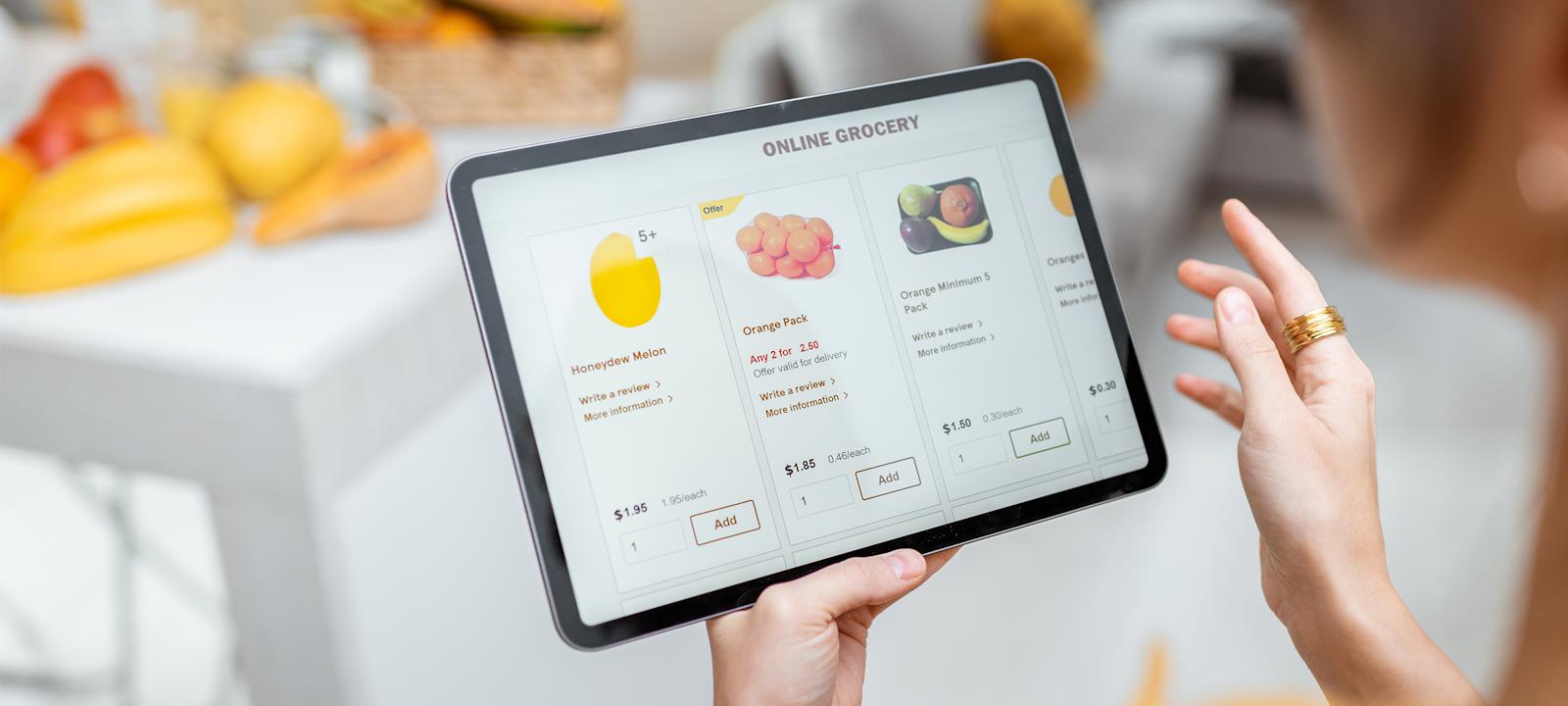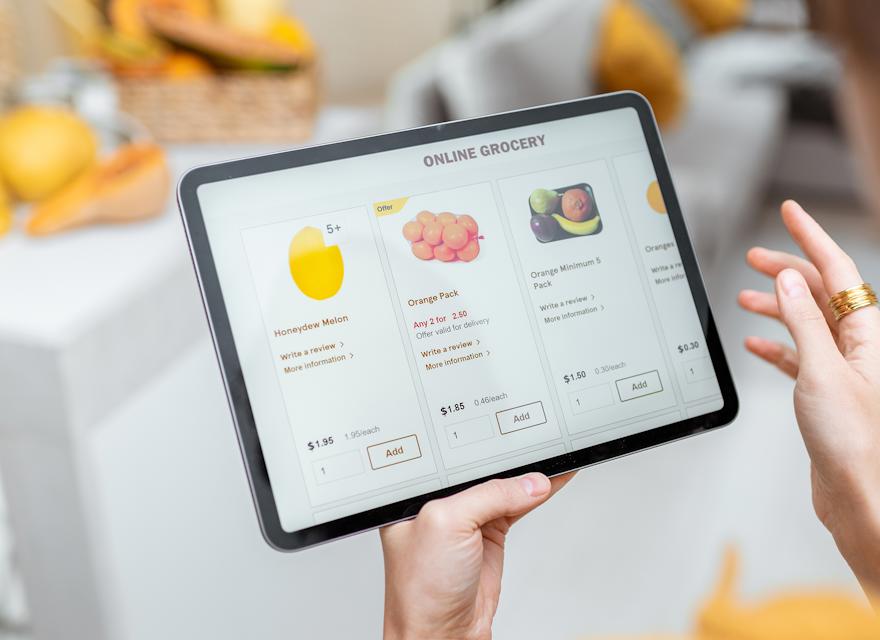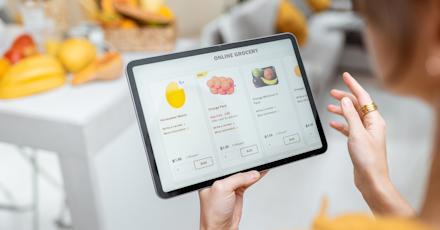Now, with the world-wide explosion of COVID-19, one type of online shopping is getting a lot more attention than ever before: grocery shopping. This type of e-commerce isn’t new, but in the face of shelter in place orders and mandatory social distancing, more people have turned to these platforms than ever before.
As with any kind of technology, whether it’s new or not, an increase in users tends to shine a bright light onto every aspect of the platform. As such, it presents opportunities for other brands and platforms to look for any points of friction and to learn new ways to expand and improve their own offerings.
Whether you’re an online grocery shopping platform, or offering some other digital service, what might you be able to take away from the current global focus on these platforms?
The Answer Begins with Personalisation
Retailers have had years to define in-store shopping and have staff who can help provide a personalised experience. Over time, observations about the way people shop (in other words data) have been made by brands and used to define things like the layout of their stores. The next time you go to your local grocery store, notice which foods are organized together in adjoining aisles; those placements are not accidental.

The main benefit of online shopping is ease; however, it’s typically noted that online grocery shopping has more significant barriers to entry. While your experience inside of a store might be cultivated through years of data, shopping online feels like you are just dropped into a website with little consideration of the online journey. One solution is to consider segmentation by user as an overall organizing principal to your platform. This way, you can offer different personalisation options for the shopping experience based on whether someone is a first-time user of your platform or if they’re a returning customer.
First Timers
The customer journey for first time users of any digital platform should begin with account creation. This gives the customer the ability to set up a profile complete with a number of different preferences. Using online grocery shopping as an example, those preferences could include dietary restrictions, for example only seeing vegan suggestions, recording a gluten intolerance or allergies, or even just a way to let the platform know you hate beets. This profile will dictate the kinds of items a user will be recommended or see during their digital shopping.
Additionally, a new user could state their preferred delivery times, and from that point on, they’ll be presented with their preferred delivery time at check out. All of this will give the user the ability to cultivate the kind of experience they’re likely to be the happiest with.
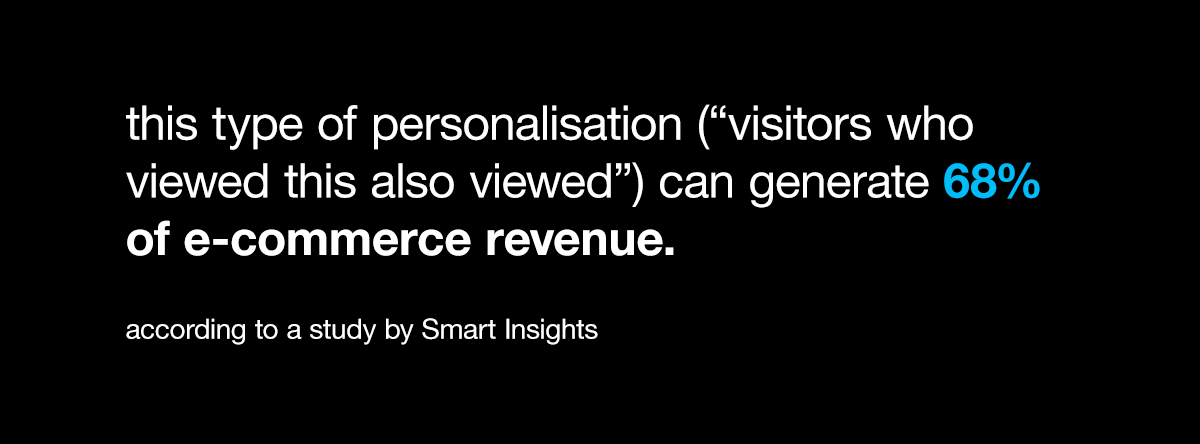
In addition to their own profile preferences being used to determine what types of items they see and don’t see when they’re navigating the platform, first-time users should also have their journey guided by the data collected from previous customers. Smart Insights reveals that this type of personalisation (“visitors who viewed this also viewed”) can generate 68 percent of e-commerce revenue. This stat suggests that people are paying attention to these recommendations, and the brands that are making good use of this data are the brands that are succeeding.
Returning Users
For returning customers, ease of use and accuracy of recommendations should be front of mind concerns. If we stick with the grocery platforms as an example, this means that the settings users input into their profile about things like dietary restrictions and delivery times should be honoured on each return visit.
Added personalisation adds a level of control over every aspect of the user journey. Because the preferences in their profile are honoured at every turn, that means that the you can control the items and services each customer sees each time they login to the platform.
In this sense, personalisation leads to an experience that more closely approximates the way users shop in brick and mortar stores: Instead of being tossed into the deep end of a brand’s product offerings, they get to only see the things they’re likely to want to buy in the first place.
Personalised Alerts
The push notification has become one of the most important communication tools for a number of different brands. There’s hardly an app that exists that doesn’t make use of these notifications. For e-commerce platforms, making those notifications as personal as possible is the best idea moving forward. And that doesn’t end with push notifications.
According to Shopify, roughly 60-80 percent of online shopping carts are abandoned before the customer completes a sale. If a customer placed items into their cart and then left the platform when they saw the platform didn’t have that one crucial item they were looking for, cart abandonment emails, popups or push notifications are one way the platform might be able to get them back.
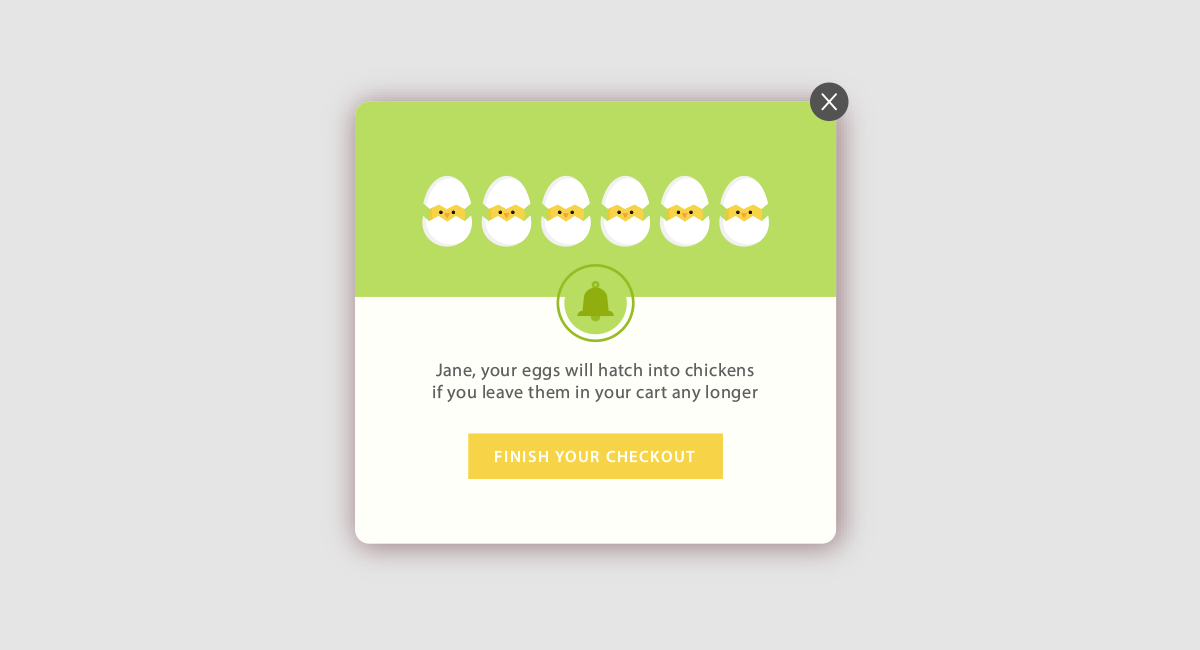
These alerts can be fun and should be personal. For example, an alert that says, “Your eggs will hatch into chickens if you leave them in your cart any longer” complete with images of baby chicks is the kind of thing that’s likely to remind the user they still need eggs, and will be a fun reminder to return and complete their purchase. The options for these types of messages are endless.
Improving and Re-engaging via the Feedback Loop
Reviews are the backbone of online purchases. Every site, every app, just about every experience you set out to have online is eager to get customer feedback. However, the feedback loop that is created by way of the customer rating system only works if real information can be gleaned from it and then used to make actual changes.
An effective feedback loop can be developed through personalisation. An example of a simple, but potentially effective, review system can be found on the Uber Eats platform. Users are asked to rate each delivery in terms of the person who made the delivery as well as the quality of the items ordered with a simple thumbs up or thumbs down rating. Based on which option they choose, they are given the opportunity expound and go into more detail about what was good or bad about their experience.
The more personal and detailed responses are capable of being, the better and more useful the information you receive from the feedback. In that sense, only allowing customers to select pre-set options isn’t the best way to get information that will lead to you being able to actually improve your platform in the future. Perhaps combining the impersonal pre-set responses with a more personal message asking for direct and in-depth feedback is the better way to go. Those messages should ask customers to tell you more about a specific aspect of their shopping experience or a specific item they purchased (or even chose not to purchase).
Of course, the feedback is only useful if you use it. So, making sure to allow the feedback to direct your future efforts is crucial.
Moving Forward
Now that we’re in a position to have to rely more on online orders for pretty much all items, doesn’t it make sense to improve our online ordering platforms across the board? Any of the changes suggested here that get implemented will need to be tested, and then tweaked based on those test results, and then tested again. It’s only through this process that we find systems that work. However, the final result will be greater personalisation in e-commerce platforms, and that personalisation will lead to happier and more loyal customers.
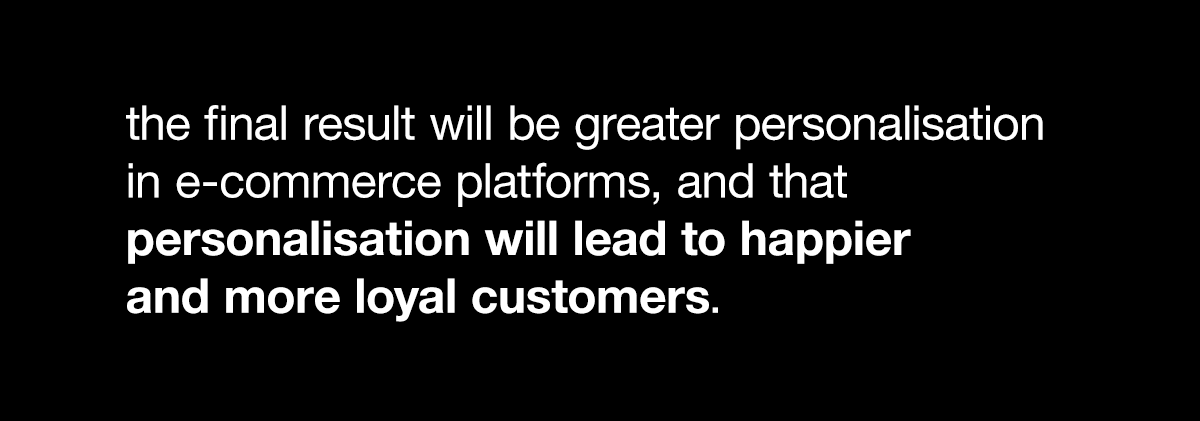
COVID-19 will likely pass, and when it does, a new normal will sprout up in its place. It’s far more likely that that new normal will need to incorporate the changes we see cropping up in our world and society instead of abandoning them in favour of a full return to the way things were. The lessons we’re learning now about personalisation through the abundance of attention being paid to grocery apps should inform all of our digital platforms in the future.
